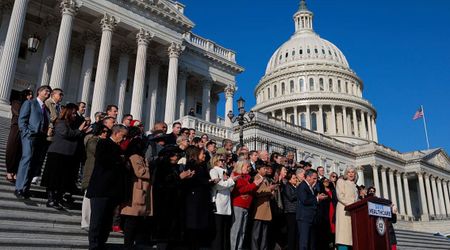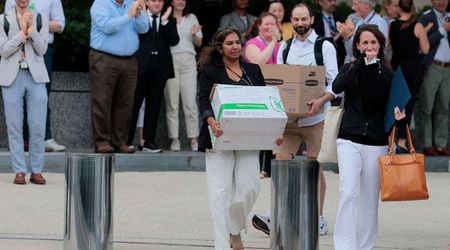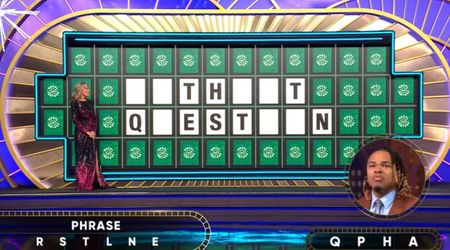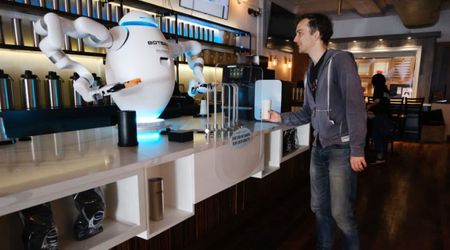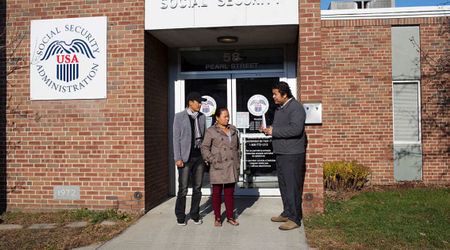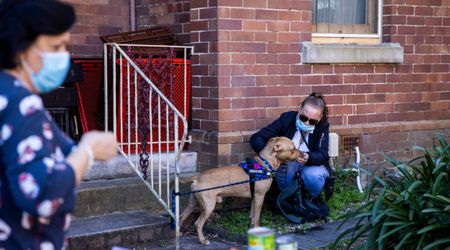Check out the Most Competitive Rental Markets in the US as Miami Leads the way

The real estate sector keeps evolving with factors such as housing demand and rising rent shaping it from time to time. As a surge of new apartments floods the market this year, the landscape is transforming, presenting both challenges and opportunities. Despite a six-month decline in rents, reaching levels unseen since March 2022, certain markets are witnessing heightened competition, ushering in a new era of relative real estate dynamics, per CNBC.

Shifts in the rental market in 2024
According to Apartment List, the latest estimated median rent for a one-bedroom apartment nationally is $1,207, while a two-bedroom unit stands at $1,359. In February 2024, the nationwide median rent saw a 0.3% dip from January, a 1% decrease year-over-year, and a 4.7% drop from the peak in August 2022. Projections indicate further decreases in rents, with the multifamily vacancy rate at 6.5% nationally set to rise as more units become available for rent.
Amid this landscape, RentCafe's recent report delves into the most competitive rental markets for 2024. The rankings hinge on factors such as the number of days apartments remain vacant, occupancy rates, competition among prospective renters, lease renewal rates, and the share of recently completed new apartments. Miami takes the lead in this ranking, epitomizing the intensity of the competition in the current market.

In Miami, apartments are leasing within an average of 36 days, outpacing the national average of 41 days. The city boasts 14 prospective renters for each unit, significantly higher than the national average of seven. The occupancy rate stands at an impressive 96.5%, surpassing the 93% national average. Milwaukee follows closely in second place, with apartments renting in an average of 37 days and an occupancy rate of 95.1%.
As the sole Northeastern market to breach the 100-point mark, North Jersey's allure lies in its attractiveness to millennials seeking affordable housing beyond the confines of New York City. Boasting a robust occupancy rate of 96.3% and an impressive 70.5% lease renewal rate, the region witnesses fierce competition with 14 renters vying for each available unit. Apartments in North Jersey take a mere 34 days to rent out, solidifying its status as one of the most challenging rental markets in the country.
Milwaukee secured the third position with an RCI of 113, showcasing resilience despite a 2.91% increase in housing supply since January, per GlobeSt. Apartments in Milwaukee linger on the market for an average of 33 days, with a competitive ratio of 14 renters per unit. The metro maintains a tight market, with less than 5% of its apartments available at any given time, and an impressive 70% of renters choosing to renew their leases.
Grand Rapids, MI, claimed the fourth spot with an RCI of 109, propelled by the expansion of the healthcare sector. Omaha, with an RCI of 107 and a growing population, poses a considerable challenge for securing rentals, boasting a quick 28-day turnover.

In the Northeast, suburban Philadelphia emerged as the hottest rental market, clinching the 8th position nationally with an RCI of 99. The region benefits from a scarcity of new supply and boasts an impressive occupancy rate of 94.7%. Contrastingly, Brooklyn, with an RCI of 98, experiences challenges even for affluent households while Manhattan secured the 22nd position, potentially influenced by high lease rates discouraging less affluent households.
California's Orange County emerged as the most competitive rental market in the state, boasting a 95.9% occupancy rate, 60.5% lease renewals, and a fierce competition of 13 households per available space. San Diego also experienced a tight market although only half of the renters chose to renew their leases. Silicon Valley, despite a 1.71% increase in supply and lease renewals below the national average, maintains moderate competitiveness, reflecting the resilience of the rental market amid layoffs and a surge in laid-off tech workers joining start-ups.











